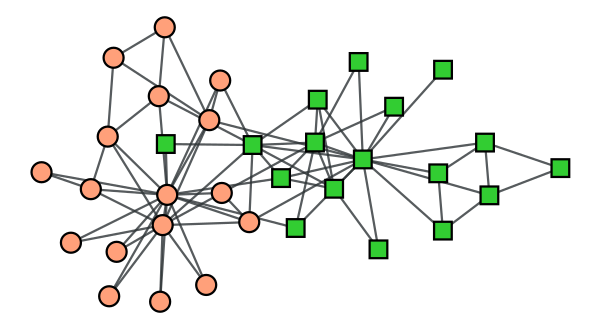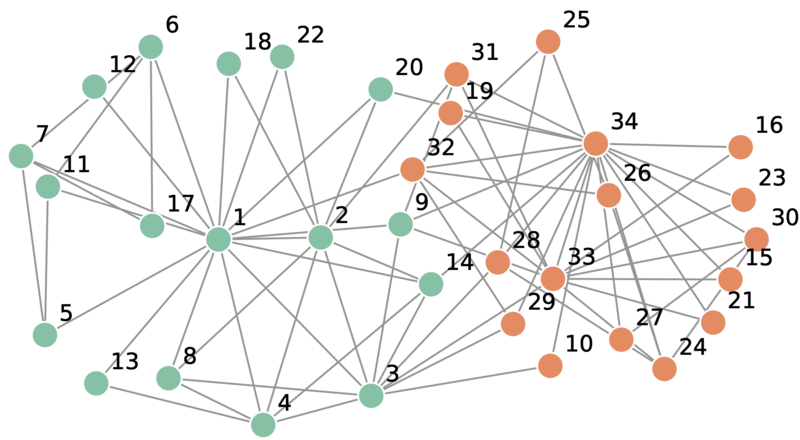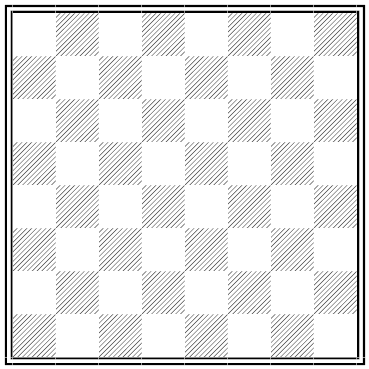In August 1865, Maryland farmer Samuel M’Closky Fenton carved this grid into an American beech in Takoma Park:
N L O C N I L M L I N C O L N L O C N I L M A M L I N C O L O C N I L M A H A M L I N C O C N I L M A H A H A M L I N C N I L M A H A R A H A M L I N I L M A H A R B R A H A M L I L M A H A R B A B R A H A M L I L M A H A R B R A H A M L I N I L M A H A R A H A M L I N C N I L M A H A H A M L I N C O C N I L M A H A M L I N C O L O C N I L M A M L I N C O L N L O C N I L M L I N C O L N
He intended it as a memorial to Abraham Lincoln, who had been assassinated that April. Starting at the central A and following a jagged path toward any of the corner Ns will spell out the fallen president’s name.
Fenton also carved the name of every American president to date. In 1948 the tree was enclosed in an iron fence and dedicated “as a living memorial to men who gave their lives for their country in the war of 1861-1865.”






